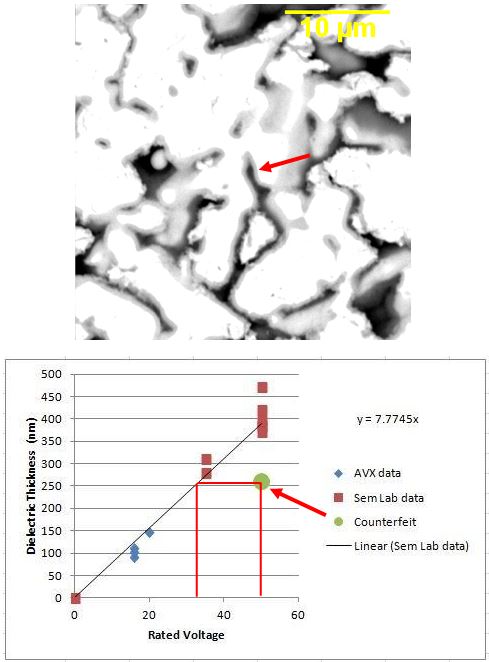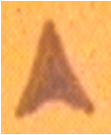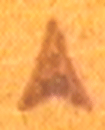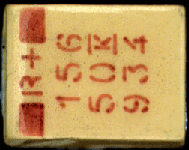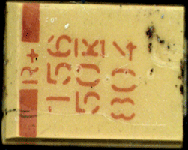Comparing Counterfeit and Authentic Parts
In the last few years the electronics industry has seen an increase in the use of non-functional counterfeit electronic parts. The counterfeit part may have the appearance of the correct device, but at closer inspection it is revealed to be a copy or one recovered from recycled electronic waste that has been relabled or remarked.
SEM Lab, Inc. has detected a number of counterfeit or reconditioned tantalum capacitors implicated in premature failures of products across a range of applications both military and commercial. Below are examples of counterfeits to illustrate the factors that differentiate the faux parts from authentic parts.
One way to identify counterfeit tantalum capacitors is to microsection them and measure the dielectric thickness. Counterfeits can be relabeled with the wrong voltage rating:
